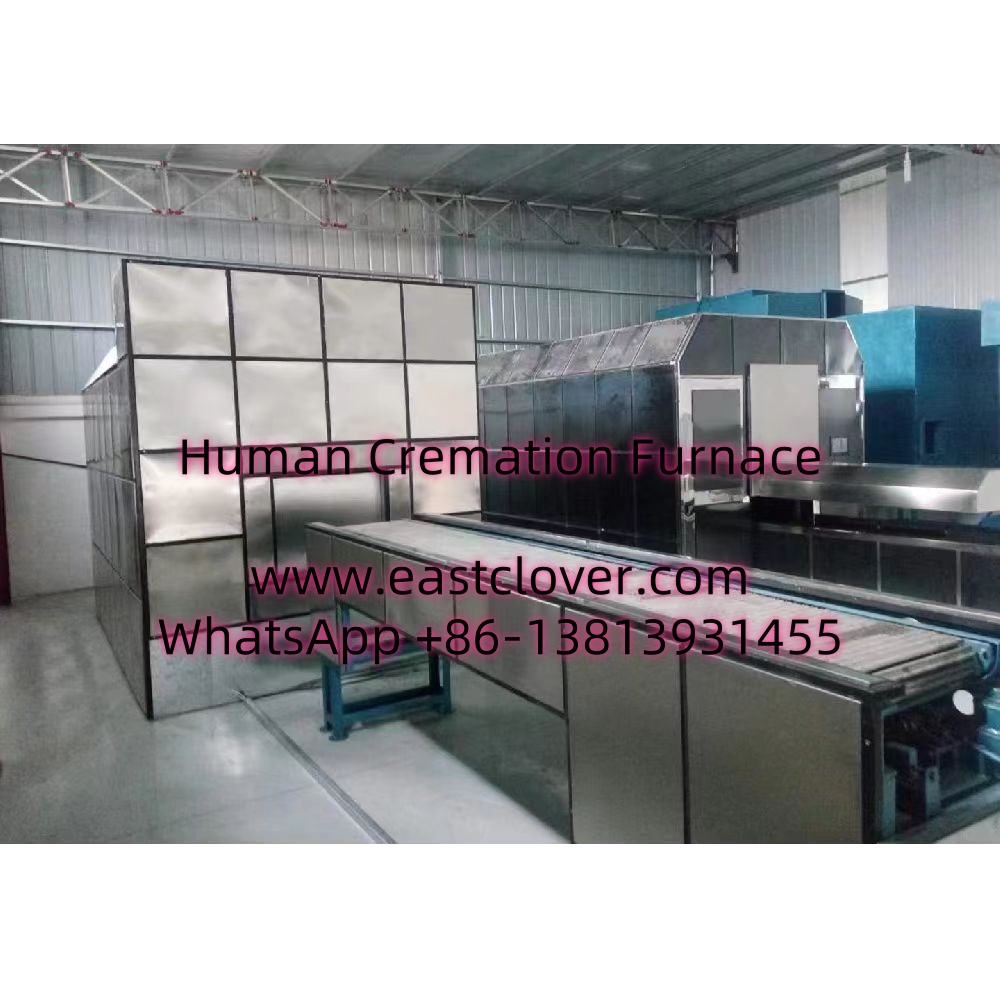The funeral industry is undergoing a quiet but significant transformation, driven by advancements in cremation technology. Traditional cremation processes have long been criticized for their high energy consumption and environmental impact. However, modern energy-efficient cremation furnaces are challenging these norms, offering sustainable alternatives that reduce both operational costs and carbon footprints.
How Energy-Efficient Cremation Furnaces Work
Advanced cremation systems leverage cutting-edge technologies to optimize energy use:
- Improved Insulation: High-grade refractory materials trap heat, reducing the need for continuous fuel input.
- Precision Combustion: Automated controls adjust gas and air flow for efficient combustion, minimizing waste.
- Heat Recovery Systems: Capture residual heat for preheating incoming air or adjacent facilities.
- Emission Control: Integrated filters and scrubbers reduce harmful particulates and gases like mercury and CO₂.
These innovations can cut energy use by 30-50% compared to conventional models, according to industry studies.
Cost Savings for Funeral Homes
While upfront costs for energy-efficient furnaces are higher, long-term savings are substantial:
| Expense | Traditional Furnace | Energy-Efficient Furnace |
|---|---|---|
| Fuel (per cremation) | $40-$60 | $20-$30 |
| Maintenance (annual) | $5,000-$7,000 | $3,000-$4,500 |
| Carbon Tax* | $2,000-$4,000 | $500-$1,000 |
*Varies by region. Savings accrue from reduced emissions.
Environmental Benefits
Key sustainability advantages include:
- Lower CO₂ Emissions: Advanced combustion cuts CO₂ output by up to 40%.
- Reduced Mercury Pollution: Activated carbon filters capture 95%+ of dental amalgam emissions.
- Less Fossil Fuel Reliance: Some models integrate solar or biomass energy sources.
A single modern furnace can prevent 15-20 tons of CO₂ emissions annually—equivalent to planting 300 trees.
Challenges and Adoption Barriers
Despite benefits, hurdles remain:
- High initial investment ($150,000-$300,000 vs. $80,000 for older models)
- Regulatory inconsistencies across regions
- Consumer preference for traditional burial practices
Industry leaders advocate for government subsidies and public education campaigns to accelerate adoption.
The Future of Cremation Technology
Emerging trends include:
- AI-driven predictive maintenance to reduce downtime
- Hydrogen combustion trials for zero-emission cremation
- Modular designs for urban crematoriums with space constraints
By 2030, analysts predict 70% of new cremation systems will meet stringent ISO 14001 environmental standards.
www.southclover.com
Energy-efficient cremation furnaces represent a critical step toward sustainable deathcare. As climate concerns grow and regulations tighten, their dual promise of cost reduction and environmental stewardship positions them as the future standard for the funeral industry. While challenges persist, the combination of technological innovation and shifting societal values suggests widespread adoption is inevitable.
Frequently Asked Questions
What makes a cremation furnace “energy-efficient”?
These furnaces use advanced insulation, heat recovery systems, and precision combustion controls to reduce energy consumption by 30-50% compared to conventional models.
How much can funeral homes save annually with these systems?
Operational savings typically range between $15,000-$35,000 per year, depending on cremation volume and local energy costs.
Do energy-efficient furnaces take longer to complete a cremation?
No—advanced models often complete the process faster (1.5-2 hours vs. 2-3 hours) due to optimized heat distribution.
Are there hybrid models that work with renewable energy?
Yes. Some newer systems can integrate with solar thermal panels or biogas generators, further reducing reliance on fossil fuels.
How do emissions compare to traditional burial?
Even efficient cremation produces 20-30% less CO₂ than conventional burial when accounting for embalming chemicals, casket production, and grave maintenance.

Comments are closed